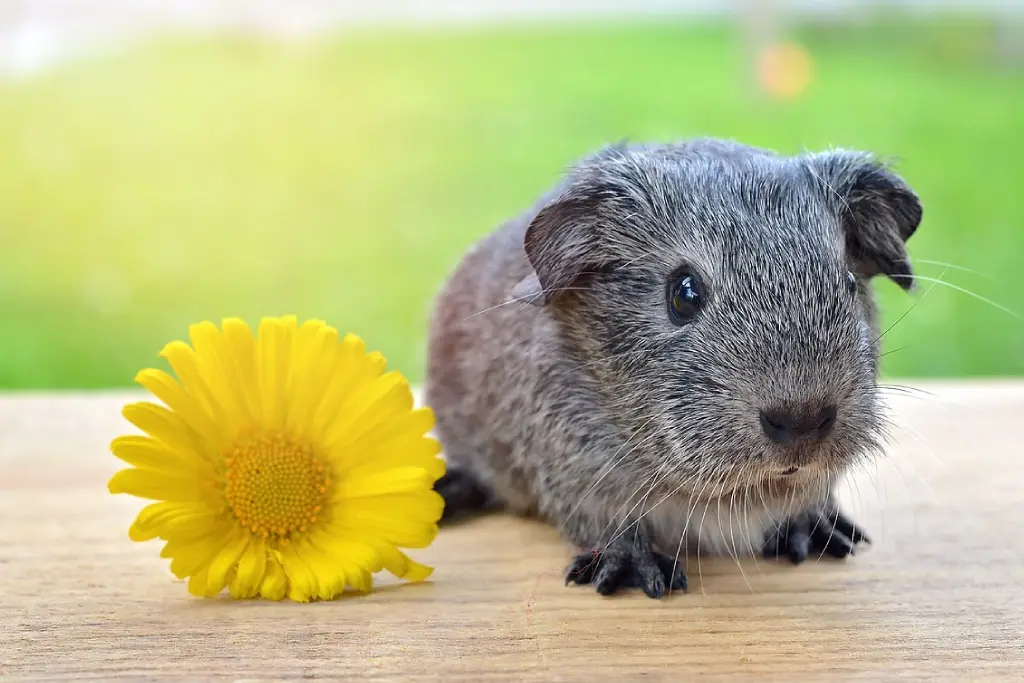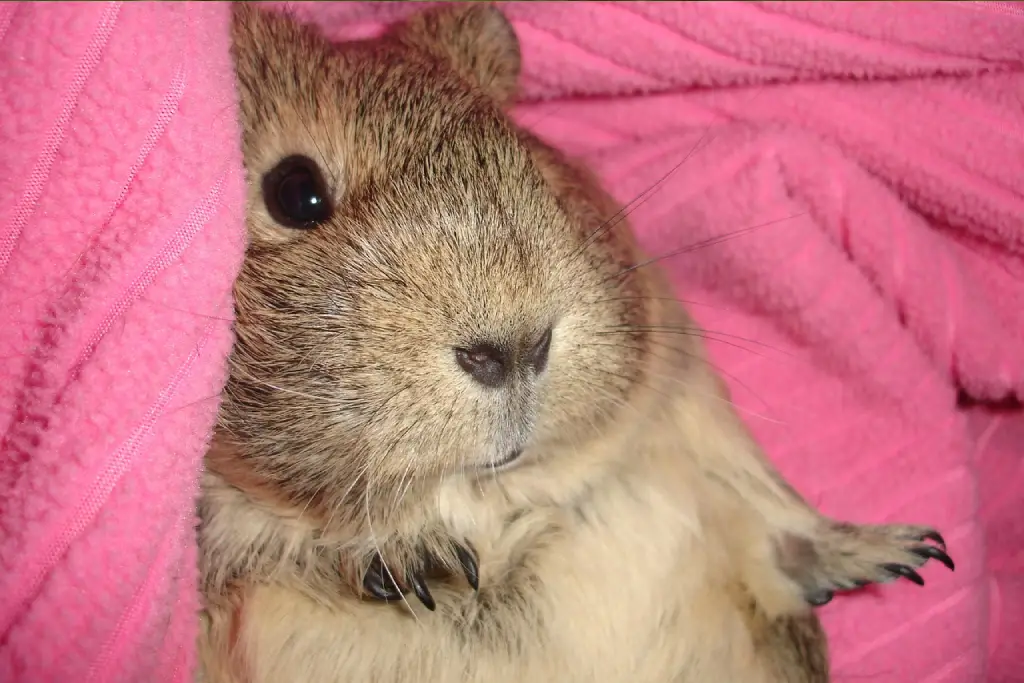As humans, it is natural to become very attached to our pets and care for them the best that we can. This includes attending to their needs and providing them with an environment that is completely safe in which they can be both happy and healthy. For guinea pigs or nearly any animal you may have, it is especially important to be aware of the temperature in the place where they are kept because there are some awful consequences for situations in which this was not monitored sufficiently.
For their safety, guinea pigs must be kept in locations with temperatures between 60 and 85 degrees Fahrenheit. These animals are sensitive to heat and cold, so any extremes in either direction can have grave consequences such as heat stroke, cold-induced stress, other sicknesses, and even death.
Clearly, these are not the kind of things that any animal should have to suffer. For this reason, we have compiled information on how to keep a guinea pig safe and avoid any large variation in temperature that could put it in danger. Read on to learn what the ideal temperature is for a guinea pig, what factors can impact the temperature of its environment, and become more knowledgeable on how to keep guinea pigs healthy and happy.
The Ideal Temperature to Keep Guinea Pigs Safe and Comfortable
Because they are so small in size, guinea pigs are influenced very easily by any large change in temperature or any extremities in the temperature of their environments as well. This is especially true of younger guinea pigs, but even fully developed adults are sensitive to hot and cold temperatures. While they are sensitive, the acceptable temperature range for a guinea pig is a good-sized range. Guinea pigs should be kept in environments that are between 60 and 85 degrees Fahrenheit to ensure that they are safe and healthy.
Temperatures That Are Too Hot for Guinea Pigs

It can be very dangerous for guinea pigs to overheat, and this can lead to some seriously dangerous situations within only a matter of minutes. When in this type of environment, they are susceptible to the consequences of overheating and even death when the heat is too extreme. Be aware of your guinea pig, where it is located, and all sources of heat that could impact its overall body temperature.
When indoors, the air conditioning and heating systems should be kept at appropriate temperatures. Be aware of any windows that are near your guinea pig and know whether sunlight will reach their location at any point during the day or not. Look at the temperatures of heat lamps or other bright lamps nearby. Note the locations of heat vents and radiators as well. It is best to keep the guinea pig in a location that will not vary greatly in temperature throughout the day.
In the case that these temperature influencers are not attended to, it is likely that the guinea pig exposed to higher temperatures will quickly begin to overheat. Some clear indications that your guinea pig is having a heat stroke are panting, shortness of breath, drooling excessively, and laying down stretched out on the floor. Other symptoms of heat stroke in a guinea pig include weakness, confusion, convulsions, salivation, restlessness, and lethargy. If your guinea pig is exhibiting these kinds of symptoms, it is absolutely vital that you move the creature to a cooler location and it is likely a good idea that the guinea pig is taken to the veterinarian for a check-up.
Cold Temperatures Affect Guinea Pigs

Even though there are a lot of extreme results and consequences for placing a guinea pig in too high of temperatures, there are dangers that are paired with too low of temperatures as well. The single benefit of cold is that guinea pigs are more apt to handle cold temperatures than they are when temperatures are too hot for them. Extreme cold can make a guinea pig incredibly uncomfortable and they will likely display similar behaviors to other small rodents when they are too cold.
Some signs that a guinea pig needs some help warming up are trembling, shaking, shivering, or trembling. Some guinea pigs will also attempt to increase their body temperature by burrowing in the bedding within their cage. This could refer to hay, paper-based material, fleece, or wood depending on what owners have selected to purchase for their guinea pig’s cage.
When a guinea pig is too cold for an extended period of time, this can cause a state of cold-induced stress, sickness, and even death in more severe situations. While similar to the measures taken to avoid overheating, be aware of anything that could potentially make your guinea pig colder than it should be. This includes windows, air vents, air conditioning and cooling systems, fans, doorways, or other drafty areas within the home or room. In addition to these, check their bedding material regularly to ensure that it is not wet, as this can also increase the likelihood that they will struggle with some sickness or other consequences from the cold.
How to Maintain the Right Temperature for your Guinea Pig
There are lots of things that owners can do to be attentive to their guinea pig’s needs, especially in terms of their body temperatures based on their environment. One easy way to do this is to place a thermometer on the outside of the guinea pig’s cage or in another location nearby. Be sure to check the temperature regularly and make necessary adjustments to keep it within that 60- to 85-degree window.
You can also record the temperature regularly to monitor any potential changes that you may be unaware of. Placing thermometers or checking the temperature in different areas in a room may reveal some drafts or unusually cooler or warmer areas as well. This is especially true of larger rooms.
Provide ventilation to the room in which the guinea pig stays as well, having windows and doors open allows air to flow into the room and can also impact the temperature there as well. Any large change in temperature that is outside of this safe range should be addressed immediately before any harm is done to the guinea pigs.
Recent Posts
It is no secret that furry little chinchillas are widely considered to be among the cutest of animals alive. Their soft and thick fur coats make them look more like a fuzzy pillow than an animal! One...
Just like pretty much all rodents, chinchillas need to chew on things to keep their teeth at a healthy length. They love to chew on wood, but not all kinds of wood are good for them. So, which types...

